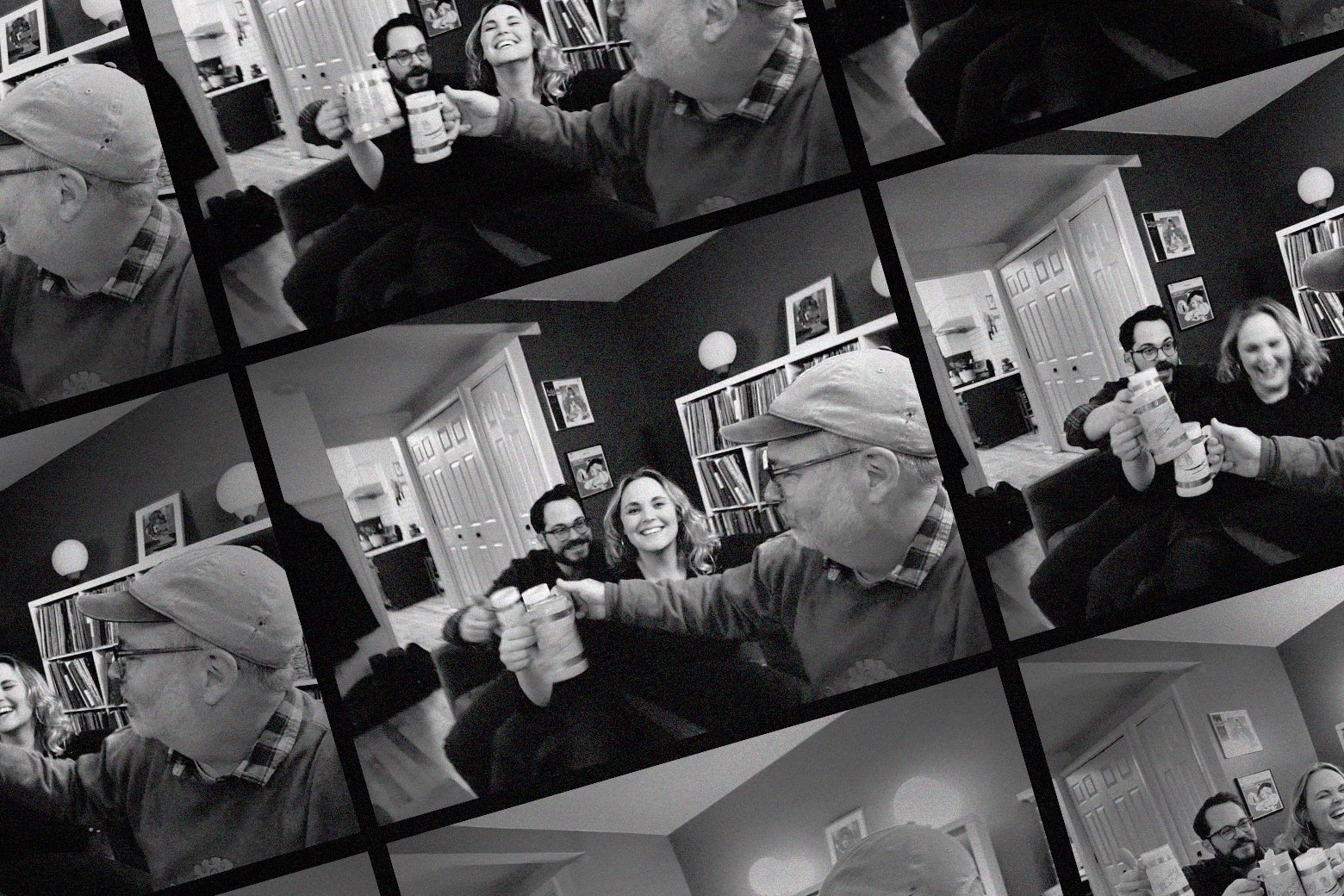Americans Report Fewer Friends: The Crisis of Hanging Out
Core Concepts
The author argues that the decline in hanging out with friends is a quiet catastrophe, emphasizing the importance of unstructured social time. The main thesis revolves around the necessity to prioritize casual socializing for mental well-being.
Abstract
In "Hanging Out: The Radical Power of Killing Time," Sheila Liming explores the diminishing art of hanging out with friends. She highlights a societal shift towards isolation and the struggle to engage in meaningful human interactions. Liming advocates for unstructured social time as a crucial aspect of mental health and overall well-being. The content delves into personal experiences, statistical data on declining friendships, and societal changes impacting social norms.
Liming's book reflects on the effortless socializing of past generations compared to today's coordinated efforts to hang out. It discusses how technology, changing social norms, and overscheduling contribute to a lack of casual socializing among young people. Through anecdotes and observations, Liming emphasizes the importance of creating opportunities for unproductive time spent with others.
The narrative captures moments of shared experiences, intimate conversations, and reflections on the value of genuine connections through hanging out. It portrays hanging out as a process rich in storytelling and memory-making that fosters mutual affection and sociability. Liming's advice encourages readers to disconnect from devices, embrace unscheduled time, and prioritize meaningful interactions for a better future.
There’s a Growing Crisis in Our Social Lives. Is the Cure This Simple?
Stats
In 1990, 63 percent of Americans reported having five or more close friends.
In 2021, only 38 percent reported having five or more close friends.
On an average day in 1990, 38 percent of Americans socialized or communicated with friends.
By 2021, that number decreased to 28 percent.
Quotes
"I’ve become an accidental witness to a growing crisis."
"People struggling to hang out... it’s a quiet catastrophe."
"Hanging out requires repeated exertion... That can feel exhausting."
Key Insights Distilled From
by Dan Kois at slate.com 02-15-2023
https://slate.com/culture/2023/02/hanging-out-sheila-liming-book-friendship-crisis.html
Deeper Inquiries
How can society balance technological advancements while preserving traditional forms of social interaction?
In balancing technological advancements with traditional forms of social interaction, society needs to find a middle ground that leverages the benefits of technology while also recognizing the importance of face-to-face interactions. One way to achieve this balance is by setting boundaries on technology use, such as designated tech-free times or spaces for socializing. Encouraging activities that promote in-person connections, like community events or group outings, can help maintain traditional forms of hanging out. Additionally, incorporating technology into social gatherings in a meaningful way, such as using it to facilitate communication or enhance shared experiences, can bridge the gap between old and new ways of interacting.
Is there a danger in romanticizing past modes of hanging out without adapting to modern realities?
While reminiscing about past modes of hanging out can be nostalgic and comforting, there is indeed a danger in romanticizing them without adapting to modern realities. Failing to adapt may lead to unrealistic expectations or an inability to connect with others who have different preferences for socializing. It's essential to recognize that societal norms and technologies have evolved over time, influencing how people interact and spend their leisure time. By clinging too tightly to outdated practices without embracing change, individuals risk isolating themselves from potential new connections and experiences.
How does the decline in casual socializing impact mental health outcomes among different age groups?
The decline in casual socializing has significant implications for mental health across various age groups. For younger generations like teenagers and college students, limited opportunities for spontaneous hangouts may contribute to feelings of loneliness and isolation despite being constantly connected through digital platforms. This lack of informal social interactions could hinder their ability to develop strong interpersonal skills and form deep relationships outside structured environments like school.
On the other hand, older adults who experience reduced casual socialization may face increased risks of depression and cognitive decline due to decreased stimulation from engaging conversations and shared activities with peers. The absence of regular face-to-face interactions could also exacerbate feelings of disconnectedness among seniors living alone or those lacking robust support networks.
Overall, regardless of age group, diminished casual socializing can impact mental well-being by reducing opportunities for emotional support, bonding experiences, and stress relief gained from spending quality time with friends or acquaintances outside formal settings.
0
